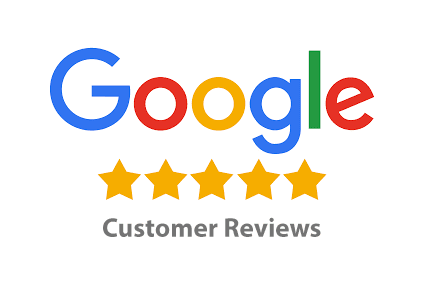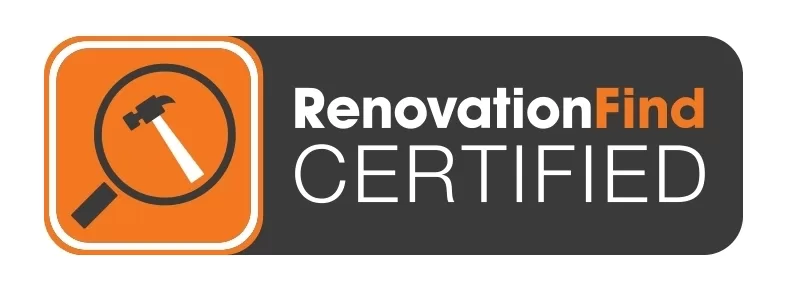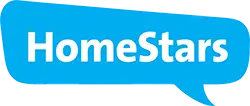Vancouver's Rubber Paving Experts
Vancouver Safety Surfacing poured-in-place rubber granules are used on any surface that needs a permanent, non-slip, resilient surface. Vancouver Safety Surfacing creates a comfortable and aesthetically pleasing surface for any substrate.
We are a company that is customer driven, and we believe in offering a safe, eco-friendly, durable rubber surfacing products at an affordable price. We go above and beyond to ensure that we take your old, cracked, and unsafe surface and transform it within a day into the envy of your neighbourhood. We believe it’s the little things we do for our customers that sets us apart from our competition like: fair prices, our surface preparation service, carrying liability insurance, being registered and in good standing with WorkSafe BC, and being listed with multiple contractor review sites including Google! Every member of our team will go above and beyond to ensure that, when you make that decision to spend your hard-earned dollars on beautifying your home, we will give you a job well done that you can be proud to showcase. All work done by our skilled tradespeople comes with a 5-year limited warranty and past customer referrals are always available for reference. Contact us today and we will show you why you should choose Vancouver Safety Surfacing for your rubber resurfacing/surfacing project!
Vancouver Safety Surfacing EPDM (Ethylene Propylene Diene Terpolymer) rubber granules chart shown below can be mixed in any combination that will accent the exterior appearance of your home.
* Natural colours may vary from the actual product when viewed on print/screen mode. Samples are available upon request. We strongly advise looking at actual samples before making a selection, as management will not be held responsible for variation in the colours selected and the end product received.
EPDM (Ethylene Propylene Diene Terpolymer) rubber is rubberized safety surfacing, which is applied to indoor and outdoor substrate.
Vancouver Safety Surfacing poured-in-place rubber granules are mixed onsite with a specially formulated binder, poured-in-place, and troweled to accommodate the surface substrate.
Vancouver Safety Surfacing EPDM (Ethylene Propylene Diene Terpolymer) rubber granule mixes are shown below. These are only suggestions and can be adjusted to suit individual preferences.
Rubber granule application varies for each and every job. We have to take into account driveway approach, garage approach, tripping hazards, and undulations in the substrate. As a result, thickness can vary between 1/4″ to 5″ thick in different sections on the substrate that our product is being applied to.
Our certified and trained installers apply Vancouver Safety Surfacing poured-in-place rubber granules. There are usually one troweller, one runner, and one mixer onsite, depending on the size of the installation. The rubber granules arrive in bags and the binder in buckets. It is then mixed and troweled on site.
The water filters through the sub-base and will drain through to the substrate.
Vancouver Safety Surfacing poured-in-place rubber granules have been tested in cold climates like Winnipeg and Eastern Canada. The tensile strength of the combination of granules and binder, allows the surface to expand and contract while remaining intact!
EPDM (Ethylene Propylene Diene Terpolymer) rubber has been proven to cope with the harshest environments, including the scorching heat of Mexico and the Southern United States.
EPDM (Ethylene Propylene Diene Terpolymer) rubber has been proven to cope with the harshest environments, including the winters of Canada.
Vancouver Safety Surfacing poured-in-place rubber safety surfacing is suitable for both indoor and outdoor applications.
Vancouver Safety Surfacing poured-in-place rubber granules can be installed on most solid substrates such as concrete, asphalt, pavers, vinyl decks, torch on decks, fibreglass decks, and outdoor tiles.
Vancouver Safety Surfacing poured-in-place rubber granules are non-slip even when wet. Just the same as the theory behind the rubber bath mat.
Our systems are usable after a 24-48 hour drying period in most conditions for walking on and 7 days for driveways.
Vancouver Safety Surfacing has a minimum project charge of $3,500.00 before taxes plus the cost of potential prep work if required (Driveways). Some of the factors that will affect the cost are:
Maintenance is key to maintaining your warranty and value of your newly poured-in-place rubber safety surfacing. Presence of foreign objects may damage your surface. These include a wide range of items, from sand, dirt, and stones to leaves, tree sap, chewing gum, bird droppings, urine, blood, scuff marks, tar, gasoline, or grease.
Use: plastic shovels, snow blowers that are raised above rubber with plastic risers, Alaskan ice melt, soapy water, low power pressure washers, leaf blowers, brooms, etc.
Don’t Use: metal shovels, metal ice chippers, or any sharp objects
Keep loose debris off. Loose debris such as sand, dirt, and small stones on top of unitary surfacing can reproduce slip hazards. In addition, fine particles can accumulate in porous openings and clog important drainage features of some surfaces, as can matting materials such as leaf litter. These particles can also be abrasive, accelerating wear and shortening surface life. It is recommended that a regular periodic washing and removal of this loose debris be done.
It is best to pressure wash or vacuum porous surfaces to clear the permeable openings as well as to remove top litter, but blowing can also be an effective means of achieving this. Dry sweeping or scrubbing will remove the loose litter, but can force more fine particles into porous openings of some surfaces. This should be done as required, but may be necessary more often if local conditions warrant.
Below is a list of items suggested for cleaning and maintenance:
The following are effective cleaning agents but they are not recommended on most rubber surfaces. They may be detrimental to the surfacing because, over time, they could break down the polyurethane binding component and may lead to de-lamination of the EPDM or SBR or combination of your rubber. Most are not environmentally friendly and some also change the appearance of the cleaned area compared to the rest of the surface, or make the surface very slippery.





Vancouver Safety Surfacing provides comprehensive rubber paving services for driveways, garage floors, patios, decks, playgrounds, daycares, and commercial projects. Our rubber resurfacing products are environmentally friendly and are uniquely designed to make the surfaces you walk on safer.
Copyright © 2024 Vancouver Safety Surfacing. All Rights Reserved. Privacy Policy
Website by Vancouver Safety Surfacing